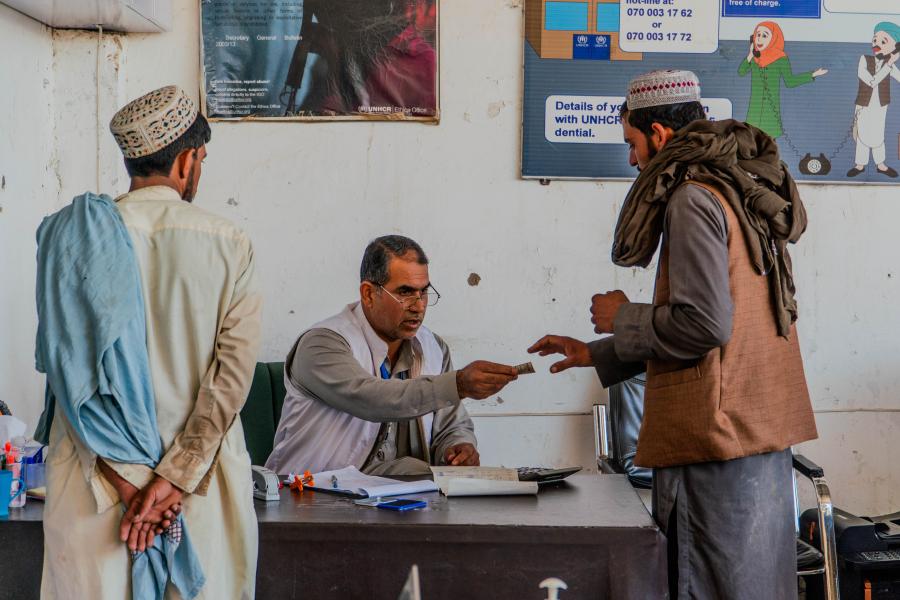Main documents
As a result of previous waves of displacement, second and third generations of Afghans are living in protracted displacement, with (the Islamic Republic of) Pakistan providing refuge to some 1.35 million registered Afghan women, children and men. The Government of Pakistan estimates a further 600,000 have sought refuge since the events of 2021 in neighbouring Afghanistan.
On 3 October 2023, (the Islamic Republic of) Pakistan’s national Apex Committee endorsed a plan to repatriate over a million foreigners without valid documents, largely Afghans. Since that time, close to 600,000 Afghans, mostly those undocumented, made the difficult decision to return as a result of pressure and fearing arrest.
At the same time, the overall situation inside Afghanistan remains challenging with significant consequences for the most vulnerable among the population, including women and girls. Some 3.2 million people are currently internally displaced by conflict, around 1.46 million IDPs have returned to their places of origin, and at least 1.6 million new arrivals since August 2021 have been witnessed in neighbouring countries. UNHCR is responding to this emergency, with needs outlined in a regional Refugee Response Plan and Afghanistan Humanitarian Needs and Response Plan. The Islamic Republics of Iran and Pakistan also host some 5.7 million Afghan refugees and Afghans in a refugee-like situation.
Explore UNHCR’s Operational Data Portal for more information and updates related to Pakistan and the Afghanistan situation.
Populations
Financials
Strategy
Impact Statements
Latest updates
The boundaries and names shown and the designations used on this map do not imply official endorsement or acceptance by the United Nations.
UNHCR GIS data is publicly accessible in the Operational Data Portal






